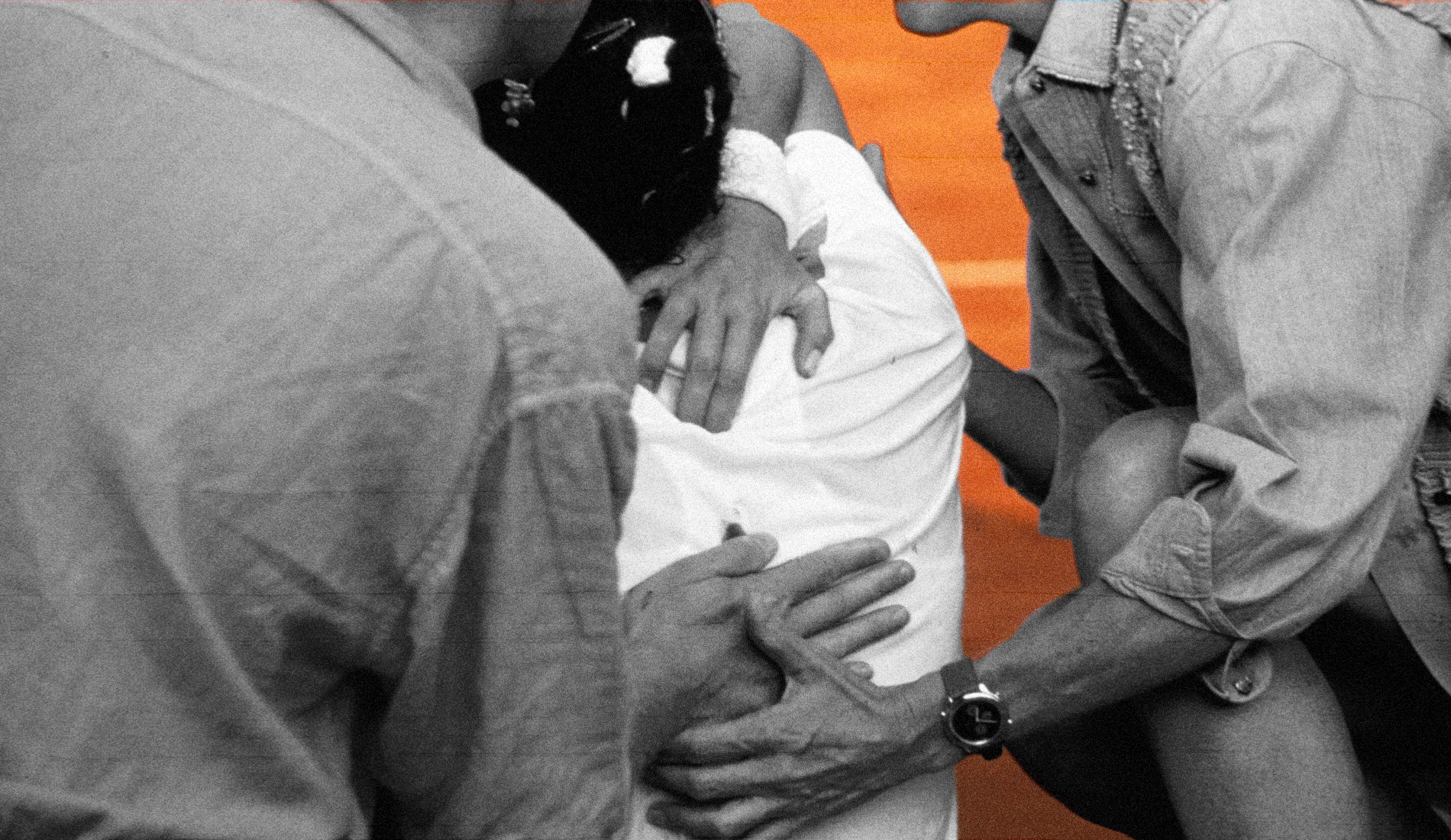September 26, 2000: The day Monica Seles won the Olympic bronze medal in Sydney
On this day in 2000, Monica Seles beat Jelena Dokic in straight sets to claim the bronze medal at the Sydney Olympic Games

What exactly happened on that day?
On this day, September 26, 2000, Monica Seles won the bronze medal at the Sydney Olympic Games, defeating Jelena Dokic 6-1, 6-4. For Seles, who had previously lost to Venus Williams in the semi-finals (6-1, 4-6, 6-3), it was a big achievement in a season where, for the first time since she turned pro, she had failed to go past the quarter-finals of any Grand Slam tournament.
It also proved to be one of the last notable results in her career, which had started brilliantly, before she was the victim in a stabbing incident at the 1993 Hamburg Open.
The players: Monica Seles and Jelena Dokic
- Monica Seles: Teenage prodigy whose career was tragically interrupted
Monica Seles had been one of the most successful players in the world at a very young age. Her powerful two-handed groundstrokes, her innovative way of hitting the ball remarkably early and with so much power, and of course her trademark grunting, represented an absolute revolution in the women’s game.
In 1990, at the age of 16, she became the youngest ever player to win Roland-Garros. It was the start of her domination on the tour. In March 1991, aged 17, she became the youngest world No 1 in tennis history, knocking Steffi Graf from the throne she had been sitting on since the summer of 1987.
From January 1991, Seles won seven out of the eight Grand Slam tournaments she entered, losing only the 1992 Wimbledon final, setting a 56-1 win-loss record. Furthermore, she claimed three WTA Championships in a row -1990, 1991 and 1992.
However, her career was brutally interrupted on April 30, 1993, during the quarter-finals of the Hamburg Open, when she was stabbed during the changeover by a mentally unstable fan of Graf. The psychological wound turned out to be much deeper than the knife-blow itself. Although Seles was physically ready to play just a few months afterwards, it would be over two years before she returned to compete on the tour again.

Seles came back successfully in 1995, claiming the title in Toronto, proving herself worthy of her No 1 ranking by crushing her opponents one after the other, including Amanda Coetzer (ranked No 27) in the final (6-0 6-1). A few weeks later, she was beaten in the US Open final by Steffi Graf in three sets (7-6, 0-6, 6-3). At the start of 1996, aged 22, she won her final Grand Slam tournament at the Australian Open. In the final, she defeated Anke Huber, from Germany (6-4, 6-1).
After that, she remained in the top 10 but, suffering from eating disorders and weight issues that she would later go on to describe in her book, she never won a Grand Slam title again. Seles still reached the championship round twice, at the 1996 US Open (defeated by Graf, 7-5, 6-4) and at Roland-Garros 1998 (defeated by Sanchez, 7-6, 0-6, 6-2).
- Jelena Dokic: The rising teen star from Australia
Jelena Dokic was born in 1983 in Yugoslavia, but her family left for Australia in 1994 to escape the civil war, and that’s where she developed as a tennis player. In 1999, at the age of 16, Dokic scored one of the biggest upsets in Wimbledon history, beating world No 1 Martina Hingis in the first round, 6-2, 6-0, before going as far as the quarter-finals (beaten by Alexandra Stevenson, 6-3, 1-6, 6-3).
She finished her first full season on the tour as world No 43, and in 2000, she kept improving, reaching the semi-finals at the All England Club (defeated by Lindsay Davenport, 6-4, 6-2) and climbing as high as world No 29.

The place: The Sydney Olympic Park Tennis Centre
The Sydney Olympic Park Tennis Centre is a tennis and multi-purpose sports facility located within the Olympic Park in Sydney, Australia. The centre was built in 1999 and hosted the tennis events for the 2000 Summer Olympics. Its Center Court, which would be later renamed the Ken Rosewall Arena, had a capacity of 10,500 spectators.
The facts: Seles dominates Dokic to win in straight sets
On September 26, 2000, Seles, representing the United States of America, and Dokic, representing Australia, faced each other in the bronze medal match at the Sydney Olympics. Seles had been defeated by fellow American, Venus Williams, in the semi-finals (6-1, 4-6, 6-3), while Dokic had lost to Russian Elena Dementieva (2-6, 6-4, 6-4).
Dokic, who had grown up in Sydney, had the crowd’s full-throated support, while Seles had only her American teammates, including the Williams sisters, to cheer for her. “We had a wonderful women’s tennis team: Venus Williams, Lindsay Davenport, and me (and Serena Williams won the gold in doubles with her sister). Even though we were competitors, everyone was supportive of each other in Sydney.”, Seles would remember 12 years later in Vogue.
Seles had not won a Grand Slam tournament in more than four years, but she only struggled to beat the very top players. “She just hasn’t gotten over the hump of beating players like Martina Hingis, the Williams sisters and myself,” Olympic teammate Lindsay Davenport said, according to ESPN.com. “She beats everybody else. She has been working very hard, and hopefully she’ll make her breakthrough to go back on top soon. Her movement has been a little bit of a factor, but when she’s there, she hits the ball better than anybody.”
Perhaps Dokic hadn’t studied her opponent’s game enough, as she tried to overpower Seles from the baseline. As a result, she lost the three first games in six minutes, and after only 23 minutes of play, the former world No 1 had already taken the first set, 6-1. The second set was closer, but in the end, Seles broke her opponent at 4-4 and sealed her victory with two consecutive aces.
“I’m just happy I won a medal,” she said. “Away from the gold, a bronze is good. For me, Grand Slams are still much bigger, but this is such an honor to represent your country.”
What next? Seles gets inducted into the Tennis Hall of Fame
Monica Seles would fail to win another major title in the following years. Struggling with a foot injury, she would play her last match ever at Roland-Garros in 2003, which she would lose against Nadia Petrova (6-4, 6-0). She would only announce her official retirement in 2008 and was inducted into the International Tennis Hall of Fame in 2009.
Jelena Dokic would claim five titles and finish runner-up six times between May 2001 and July 2002, climbing as high as No 4 in the rankings. Struggling with her abusive father, she would change nationalities twice, and her career would not match her promising start. She would never reach a Grand Slam semi-final again. Post retirement, Dokic would go on to become a leading tennis commentator on television.















